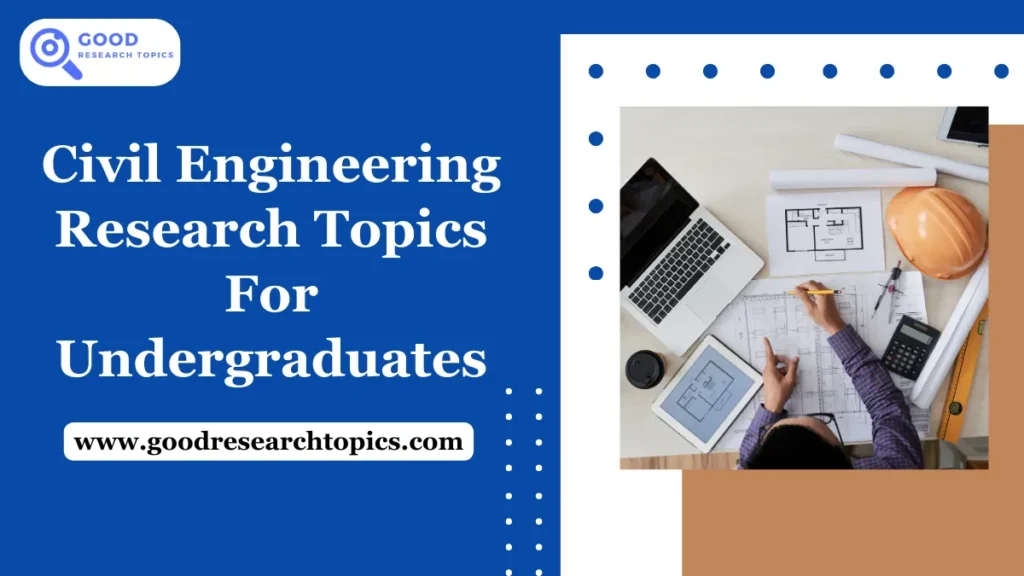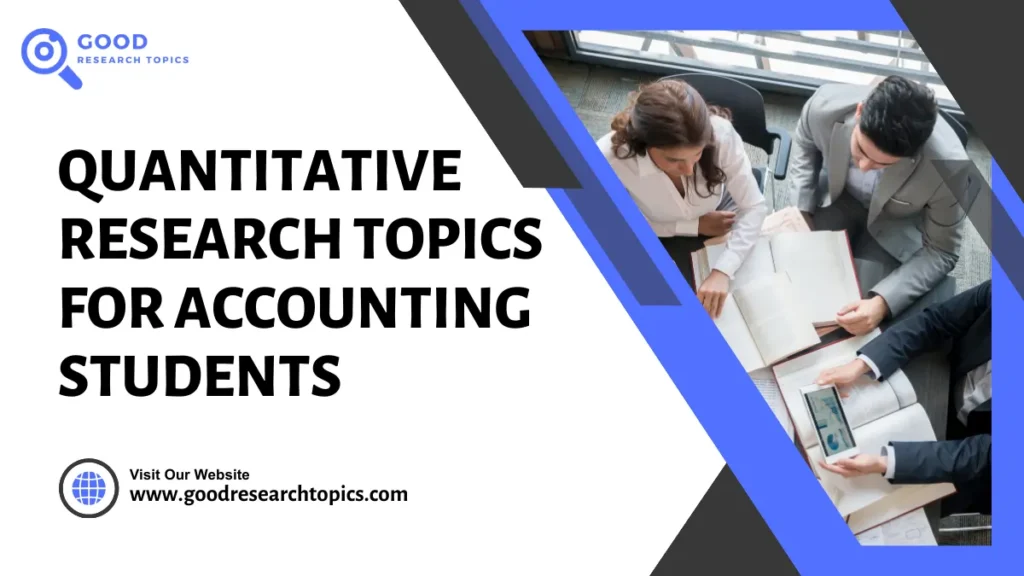Living in an era where screens light up our faces from dawn till dusk, people often find themselves juggling multiple tasks and constant notifications. This relentless surge of digital input can lead to heightened stress levels, sleepless nights, and reduced overall well-being. Understanding how mindfulness fits into this modern puzzle is essential for preserving both mental and emotional equilibrium.
The notion of mindfulness has traditionally been linked to meditation practices and spiritual rituals, yet it has swiftly evolved into a practical tool accessible to everyone. From corporate boardrooms to high school classrooms, the concept of being present has gained traction as a solution for the rising tide of mental fatigue. In fact, some specialists even compare the excitement of discovering mindful living to the rush of finding a winning bet, as evidenced by one particular perspective shared below.
Como especialista em equilíbrio digital, posso dizer que essa prática é tão envolvente quanto explorar um cassino online. É como ter a mesma descarga de adrenalina de um jogo de apostas, onde cada respiração traz um novo começo: pingol bet pode despertar em nós a sensação de foco e controle, algo que o mundo moderno muitas vezes nos faz esquecer.When people begin to practice mindfulness, they often report feeling a renewed sense of calm and clarity. This shift stems from focusing attention on the present moment, rather than ruminating on past regrets or future worries. By actively training the mind to return to the now, individuals can interrupt cycles of anxiety and cultivate resilience, even amid the persistent digital buzz.
The Emotional Benefits of Mindfulness
Emotional well-being is heavily influenced by an individual’s ability to regulate stress and process intense feelings. Mindfulness offers a tangible method for achieving balance by encouraging people to observe their emotions without judgment. As a result, feelings of frustration, anger, or sadness can be acknowledged and understood before they escalate into more disruptive reactions.
This technique also helps reduce burnout, a growing concern in workplaces where rapid deadlines and unyielding demands often dominate daily life. Employees who incorporate mindful breaks into their routines tend to experience improved focus, heightened creativity, and better decision-making capabilities. Over time, this translates into healthier teams, greater collaboration, and more sustainable professional growth.
Practical Steps to Incorporate Mindfulness
For many, the idea of mindfulness remains abstract until they adopt specific techniques to anchor themselves in the present. Simple yet powerful methods—such as guided breathing exercises, body scans, and short meditation sessions—can help bridge the gap between concept and daily habit. By carving out small moments to pause, individuals develop a habit of awareness that steadily rewires their stress response.
- Focus on Your Breath: Close your eyes and breathe deeply, paying close attention to how the air moves in and out of your body.
- Use Sensory Reminders: Notice subtle sensations around you, like the texture of your clothing or the scent in the air.
- Set Technology Breaks: Allocate periods of the day when all devices go on silent mode, giving your mind a chance to reset.
- Keep a Journal: Documenting your emotional states and triggers can help identify patterns and track progress over time.
These practices are not meant to eliminate stress entirely but to create a buffer that prevents overwhelming emotions from taking over. As technology continues to revolutionize our lives, anchoring ourselves through mindfulness can mitigate digital-induced anxieties. Over the long run, these strategies promote a more grounded approach to tackling everyday challenges.
Mindfulness in Education and Work Environments
Schools and workplaces alike have noticed the profound effects of mindfulness on performance and interpersonal relations. Many educational institutions now integrate mindful sessions into their curricula, giving students a chance to stabilize their minds before diving into intensive study. Similarly, companies offer mindfulness programs to employees, aiming to foster an atmosphere where creativity and productivity flourish in harmony.
By encouraging participants to cultivate awareness, these programs often see a ripple effect throughout their respective communities. Students show better concentration, reduced anxiety during exams, and improved social skills, while professionals report lower stress levels and more cohesive teamwork. Such positive outcomes highlight the practicality of mindfulness as an adaptable and inclusive approach to mental and emotional well-being.
The future of mindfulness appears promising, with ongoing research illuminating its potential to help people of all backgrounds navigate the complexities of modern life. As scientific studies continue to confirm the positive effects on neurological and emotional health, it becomes more apparent that this practice has the power to transform how we interact with ourselves and those around us. By deliberately choosing to pause and be present, we break free from the relentless digital noise, making room for genuine connections, self-discovery, and lasting tranquility.
In the end, mindfulness stands not as a fleeting trend but as a foundational skill for navigating an age of hyperconnectivity. Its influence spans emotional, mental, and even social realms, offering a unified approach to combating stress and cultivating peace. As more individuals, businesses, and educational institutions embrace this practice, the transformative impact of simply “being present” becomes increasingly evident in every corner of our digitally driven world.


